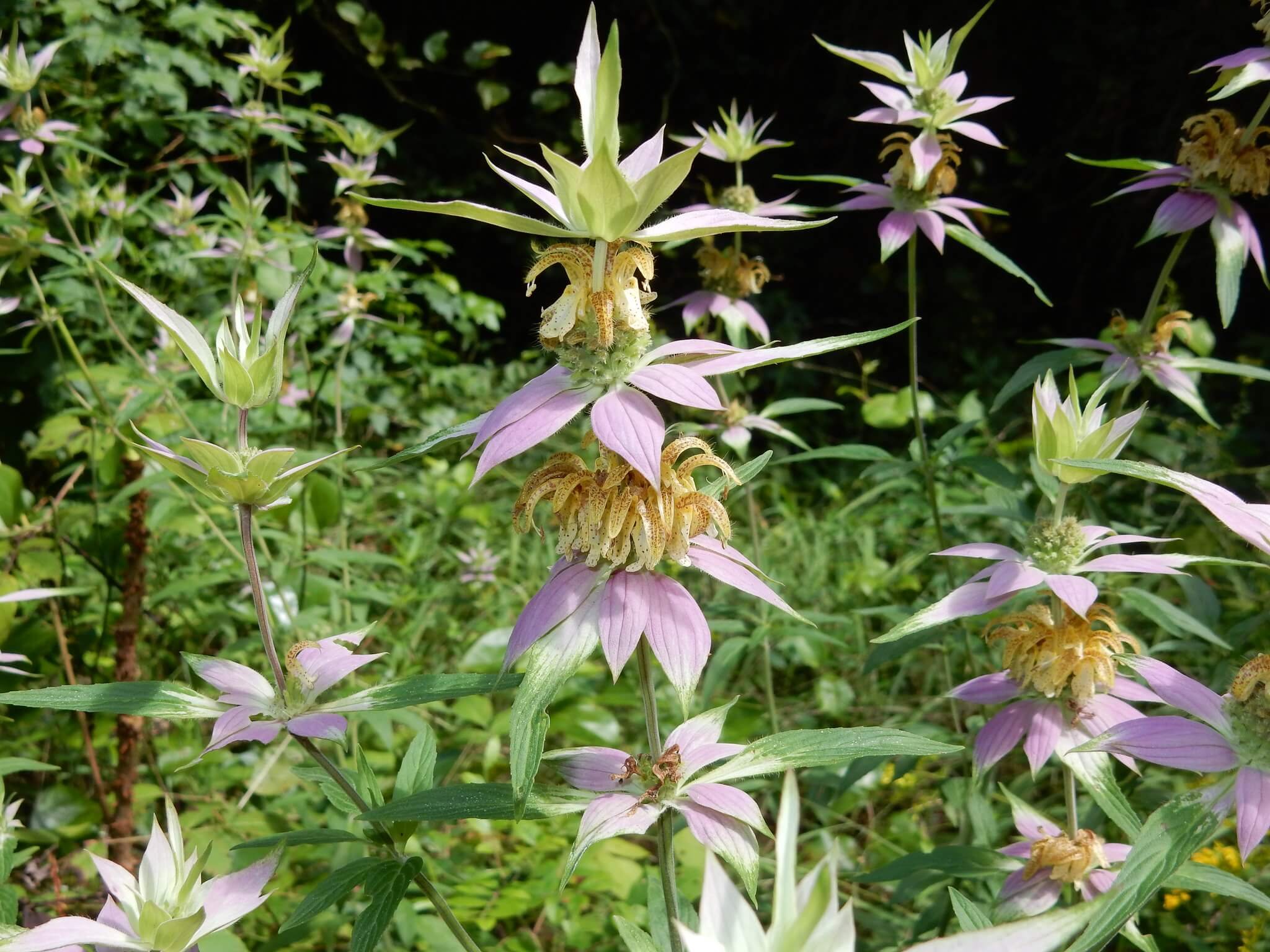 Image 1 of 2
Image 1 of 2

 Image 2 of 2
Image 2 of 2



Prairie Sage (Artemisia ludoviciana)
Prairie Sage, aka White Sage, is the host plant for the American Lady, Painted Lady, and 16 other species of butterflies and moths in our area (nwf.org). Several grasshopper species feed on the foliage of Prairie Sage, including an uncommon oligolectic grasshopper, Hypochlora alba, which often hides in the foliage during the day (iliinoiswildflower.info). Mammalian herbivores do not consume this plant because the aromatic foliage has a bitter taste. The seeds are too small to be of much interest to birds. Prairie Sage spreads by rhizomes and can be very vigorous, forming dense colonies, so pick your planting spot wisely. Prairie Sage is a species of concern, it is considered threatened and critically imperiled in Michigan (mnfi.anr.msu.edu/).
Photo credit: John Blair (2)
Prairie Sage, aka White Sage, is the host plant for the American Lady, Painted Lady, and 16 other species of butterflies and moths in our area (nwf.org). Several grasshopper species feed on the foliage of Prairie Sage, including an uncommon oligolectic grasshopper, Hypochlora alba, which often hides in the foliage during the day (iliinoiswildflower.info). Mammalian herbivores do not consume this plant because the aromatic foliage has a bitter taste. The seeds are too small to be of much interest to birds. Prairie Sage spreads by rhizomes and can be very vigorous, forming dense colonies, so pick your planting spot wisely. Prairie Sage is a species of concern, it is considered threatened and critically imperiled in Michigan (mnfi.anr.msu.edu/).
Photo credit: John Blair (2)
Prairie Sage, aka White Sage, is the host plant for the American Lady, Painted Lady, and 16 other species of butterflies and moths in our area (nwf.org). Several grasshopper species feed on the foliage of Prairie Sage, including an uncommon oligolectic grasshopper, Hypochlora alba, which often hides in the foliage during the day (iliinoiswildflower.info). Mammalian herbivores do not consume this plant because the aromatic foliage has a bitter taste. The seeds are too small to be of much interest to birds. Prairie Sage spreads by rhizomes and can be very vigorous, forming dense colonies, so pick your planting spot wisely. Prairie Sage is a species of concern, it is considered threatened and critically imperiled in Michigan (mnfi.anr.msu.edu/).
Photo credit: John Blair (2)
Life Cycle: Perennial
Sun Exposure: Full, Partial
Soil Moisture: Medium, Medium-dry, Dry
Height: 2-3 feet
Plant Spacing: 1-2 feet
Bloom Time: July-September
Bloom Color: Green
Advantages: Deer Resistant, Recommended, but can be vigorous
Host: American Lady, Painted Lady, and 16 other species of butterflies and moths use this as a host plant in our area (nwf.org)
Species of Concern: State Status: Threatened (legally protected). State Rank: Critically imperiled (mnfi.anr.msu.edu/).








